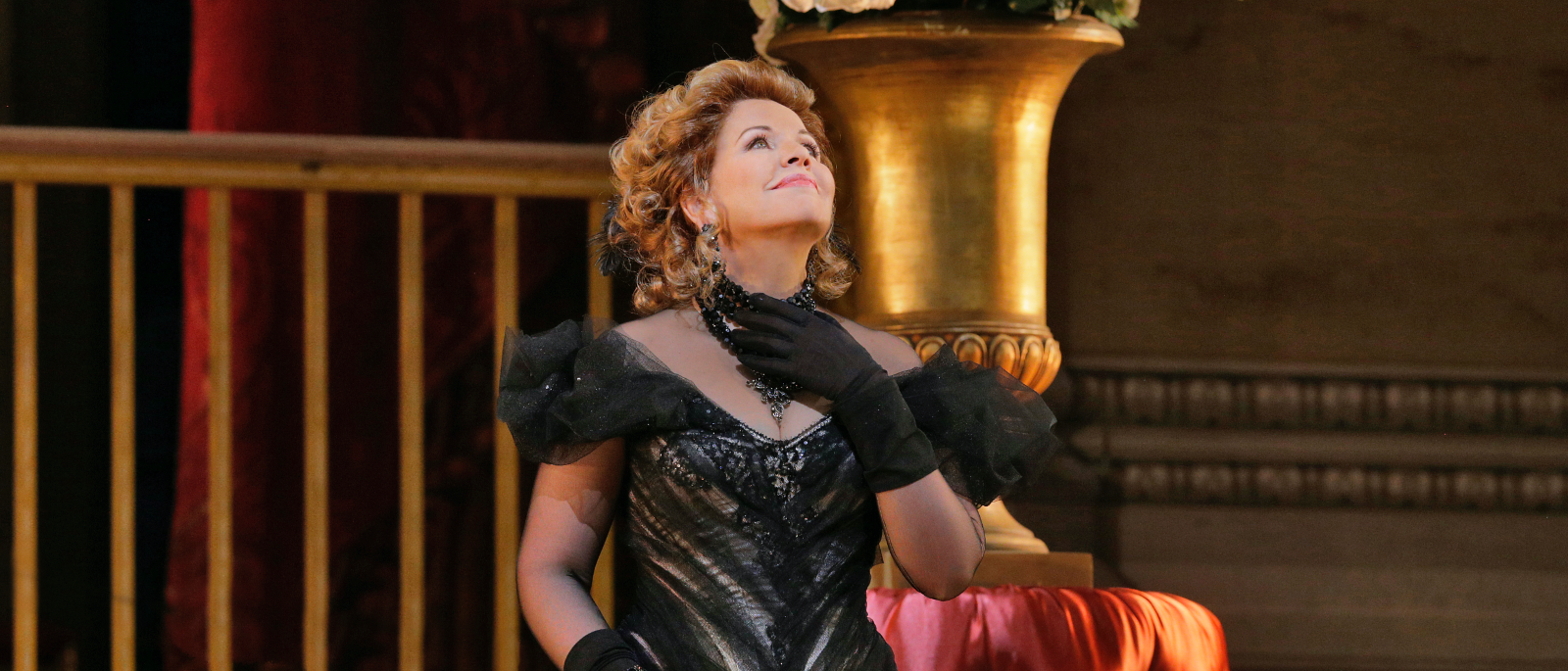
Little Opera
First produced in 1905, The Merry Widow was one of the last great examples of an art form highly popular at the time: Viennese operetta. Sometimes dismissed as “lesser” than opera, it is in fact a distinct genre with its own colorful history and artistic profile.
The name operetta means ”little opera,” a reference to the fact that these works tend to be shorter than operas. This difference in length was especially true in the early days of the genre, when many operettas were written to be performed in one act. But there's also a difference in tone between operetta and its “bigger” sibling. While operas often tackle grand and tragic themes, operettas tend to be light and comedic, typically presenting sentimental, romantic stories shot through with satire and even silliness. Plots often involve lovers’ spats, mistaken identities, sudden reversals of fortune, and glittering parties. Dance also plays a much more important role in operetta than in 19th-century opera, and operetta arias are typically separated by spoken dialogue rather than recitative.
The overall impression of operetta, then, is of a piece of entertainment that doesn't take itself too seriously—though the music itself can be serious business. Operetta arias require the same degree of vocal prowess and technique as their counterparts in opera. In addition, operetta plots demand well-honed spoken-theater skills and flawless comic timing, and the Met’s production of The Merry Widow features several Tony Award–winning Broadway stars in addition to its roster of opera singers. Yet despite the challenges that operetta places on its performers, operetta is usually good fun for the audience, and the catchy tunes can be appreciated both by seasoned opera fans and the wider public alike.